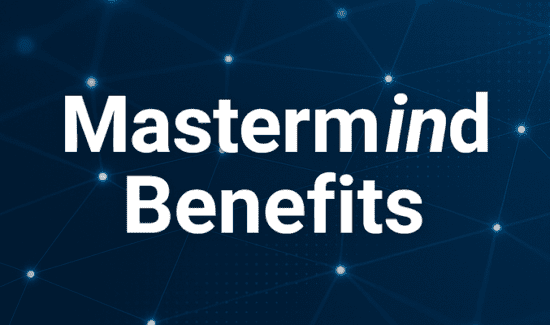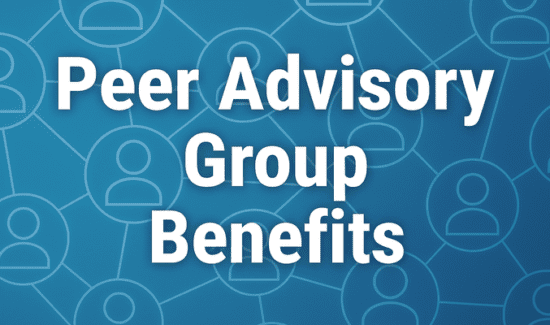How AI Can Solve the Higher Education Retention Crisis

Raz Dar, CEO of Elvee, recently shared insights on how artificial intelligence (AI) can help the higher education sector better retain and support students and faculty.
Millions of teenagers are eagerly deciding their futures in living rooms and kitchen tables across the United States right now. They are filling out college applications and discussing where they hope to seek higher education. The Education Initiative reveals that undergraduate enrollment has picked up in 2025, projecting more than 19 million this Fall.
The reality is that almost a third of these students (over 6 million) will likely drop out due to various reasons, including academic struggles, financial issues, a change of mind, and other factors. Universities have tools to address these issues, but by the time they realize there is a problem with a particular student, it’s often too late. Today’s new AI tools are game changers, offering insights up to three months in advance by identifying at-risk students before they have a chance to fully disengage, potentially altering their entire future.
The Rising Cost of Recruitment
In a recent LinkedIn post, Rachel Gordon, Vice President of Student Financial Aid at the American University of Antigua College of Medicine, highlighted that students choose higher education because they believe in a future that matters. They seek belonging, growth, and the chance to make a real impact in their families, communities, or the world. Nevertheless, prospective students have become more selective, knowing that college is an investment that they will have to pay off for many years to come, and one that will significantly impact the basis on which they build their careers.
For universities, recruitment is becoming increasingly expensive, as they face declining enrollment and fierce competition for a dwindling number of high school graduates. The Cost Per Enrolled Student (CPES) continues to rise for many institutions due to increasing investments in digital marketing, scholarships, and personalized outreach. The higher education marketing sector’s spending reached nearly $4.1 billion in 2024, adding to expenses such as staff salaries, travel, and merit-based aid. Additionally, the admissions process now requires long-term, ongoing engagement, as students focus more on outcomes and skills such as digital fluency.
Despite the extensive resources schools spend on recruitment and the care and attention given to the application review process, universities are often blindsided when students drop out without graduating, and the rates are alarming. In 2025, nearly 33 percent of college students dropped out of school, resulting in lost career potential and a 25 percent reduction in immediate revenue for institutions. Administrators are realizing that it’s not just about the recruitment process, but about retaining and accompanying students throughout their higher education.
How AI Tools Can Help
Education leaders must take proactive, student-centered steps and leverage data and predictive analytics to identify and support at-risk students. To do this, many are turning to dedicated AI tools. The key is working with tools that can reduce attrition and retain employees. Ideally, educational institutions should adopt solutions that can analyze hundreds of data points to pinpoint those at-risk students before they display obvious signs of disengagement. By providing holistic views of each student, administrators can communicate with students on the platform most comfortable for them, such as text message, the current favorite.
Ultimately, it’s cheaper to retain an employee or client than to find a new one, and the same principle applies to students. Universities are not only losing millions of dollars in revenue each year due to high drop-out rates, but students are also facing shattered ambitions and diverted career paths because of issues that can be addressed early on. Many people are unaware that they can turn to administrators for help, and as a result, they may continue down the path of dropping out without seeking advice.
With the right AI tools, institutions can clearly identify when their students are struggling and provide them with the necessary support to step in and get involved. With timely intervention, colleges can build a stronger, more supportive environment that attracts students, improves retention, and ensures long-term institutional and personal success.




